From the foot of Mang Yang Pass
Regiment 95 was established on August 23, 1945 in Quang Tri , with the mission of protecting the young revolutionary government in the Binh-Tri-Thien region. From here, the Regiment achieved many outstanding feats in Nam Dong, Sen Bang, My Hoa, Hang Bo... building the glorious tradition of "Solidarity - Resilience - Speed - Boldness - Determination to Win".
 |
Anti-aircraft position of Regiment 95 on "Chu Thoi Steel Door" in 1972. Photo archive |
At the end of 1965, the 95th Regiment marched in the formation of the 325B Division across Truong Son to the Central Highlands battlefield. In the first battle, the Regiment successfully completed its mission, destroying and capturing all enemy troops at the A Sau base, liberating the Tay Thua Thien area. This battle contributed to expanding the Ho Chi Minh Trail corridor, facilitating the transportation of food, weapons and reinforcements to the Southern battlefield.
At the end of 1966, the Party Committee and the Central Highlands Front Command decided to separate the 95th Regiment from the 325B Division into a local main force regiment, operating independently, specializing in fighting traffic on the main routes from the coast to the Central Highlands; the main area is on the strategic traffic route 19, Mang Yang Pass area, east of Pleiku town. This was the period when the Regiment experienced many challenges. Far from the Front Command, far from the rear, the superiors only guided the base area on the map, the Regiment had to open its own roads, the Regiment had to choose its own battlefields and determine its own way of fighting. Along with that, the Regiment had to find its own food and provisions. From that situation, the officers and soldiers of the Regiment had a steadfast spirit, a will to be self-reliant, and formed the qualities of honesty, loyalty and deep affection.
Overcoming all difficulties and shortages, from 1967 to 1970, the Regiment organized many effective traffic battles. While fighting the enemy on the road, the Regiment also destroyed the outposts stationed along the road. The Mang Yang Pass area, where Route 19 passed through, became the enemy's road of terror. The attacks cutting Route 19 not only caused material losses but also created prolonged instability within the enemy.
One of the battles that made the 95th Regiment famous was the Chu Thoi checkpoint that lasted for 68 days and nights during the dry season of 1972. To facilitate the main direction of the Dak To-Tan Canh Campaign, the Regiment was assigned the task of cutting off traffic on Route 14 from Ninh Duc to Chu Thoi, nearly 20km long, separating enemy troops from Pleiku town to Kon Tum . During 68 days and nights of continuous fighting in the rain of bombs and bullets, lacking food and ammunition... the officers and soldiers of the Regiment still steadfastly held on to the battlefield, turning Chu Thoi into a "Steel Door" on Route 14.
During the 1975 Central Highlands Campaign, the Regiment was once again entrusted by its superiors with the task of cutting off traffic on Route 19, from Mang Yang to Le Trung, to divide the enemy and create a diversion, creating a position for the Central Highlands Liberation Campaign. During the Ho Chi Minh Campaign, the Regiment and a number of units of Military Region 5 coordinated with the navy to liberate Truong Sa Island, Phu Quy Island and the southern islands of the Fatherland, contributing to unifying the country. With its outstanding achievements in the resistance war against the US to save the country, the Regiment was honored by the Party and State as a Heroic Unit of the People's Armed Forces for the first time.
To successfully complete international missions
At the end of 1975, the Regiment separated from the 3rd Corps and was directly under Military Region 5, stabilizing the organization, building the unit, and carrying out the tasks of mass propaganda, building political bases, and hunting down FULRO. Also during this period, implementing the Party and State's strategy on economic development in the Central Highlands in conjunction with strengthening national defense and security, the Regiment was added to Group 331 (the predecessor of today's 15th Corps). From a purely combat unit, the Regiment gradually became familiar with the tasks of civil mobilization, economic-technical work. Officers and soldiers waded streams, cleared fields, built dams, pulled electricity, and opened roads; many infrastructure projects in remote areas were built, including the Dak Ui dam irrigation project. Dak Ui Dam has revived and transformed a large area of land plowed by bombs and bullets during the war into a fertile land, contributing greatly to the socio-economic development and ensuring national defense and security of the locality.
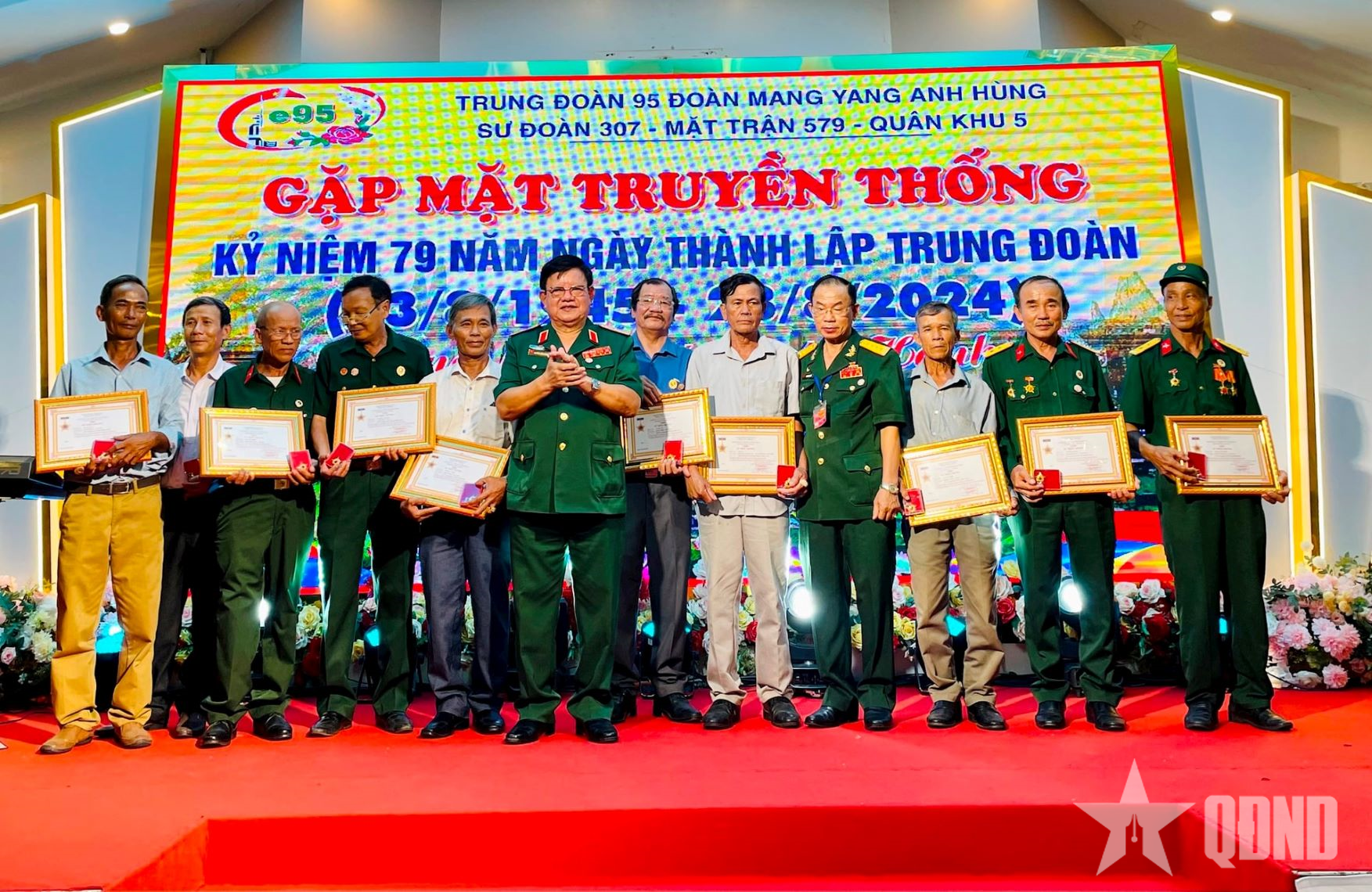 |
| The Veterans Liaison Committee of Regiment 95 presented Commemorative Medals to the families of martyrs of Regiment 95. Photo: MINH TAM |
At the end of 1978, the Politburo and the Central Military Commission issued a resolution and approved a plan, determined to completely defeat the Pol Pot-Ieng Sary group's war of aggression on the southwestern border; helping the Cambodian people escape the disaster of genocide. The 95th Regiment at this time, in the newly established 307th Division, was the main unit, conducting deep penetrations along Route 19, destroying enemy troops in Banlung, Lumphat, to Stung Treng town; crossing the Mekong River to liberate Ta Beng town, Cheom Ksan town, and Preah Vihear temple near the Thai border. After that, for 10 consecutive years, the Regiment carried out international missions to help the Cambodian revolution. With the outstanding achievements made during the years of operation on the Cambodian battlefield, the Regiment was honored by the Party and State with the title of Heroic Unit of the People's Armed Forces for the second time. Over the past 80 years, the unit has had 7 collectives and 3 individuals awarded the title of Hero of the People's Armed Forces and thousands of officers and soldiers awarded noble prizes. In particular, on the occasion of the 80th anniversary of the Traditional Day (August 23, 1945 / August 23, 2025), the Regiment was awarded the First Class Fatherland Protection Medal by the State.
Through the war, generations of veterans of the Regiment established comrade-in-arms liaison committees to maintain traditional activities, visit and support each other in times of difficulty and illness, and contribute to implementing the Army's rear policy, searching for and bringing dozens of martyrs' remains back to their homeland, and providing information to martyrs' relatives. In the Regiment, many comrades have matured in new positions; the cadres and soldiers who were at the forefront of fighting the Americans, destroying the puppets, and performing international missions in the past have returned to their fields, construction sites, factories, and daily life across the country. Regardless of their positions and in which countryside, the "95" comradeship is always close and affectionate.
Major General Nguyen Van Chinh, former Deputy Commander of Military Region 2
Source: https://www.qdnd.vn/quoc-phong-an-ninh/xay-dung-quan-doi/qua-ba-lan-khoi-lua-hai-lan-nhan-anh-hung-842685




![[Photo] Party and State leaders meet with representatives of all walks of life](https://vphoto.vietnam.vn/thumb/1200x675/vietnam/resource/IMAGE/2025/8/24/66adc175d6ec402d90093f0a6764225b)
![[Photo] Phu Quoc: Propagating IUU prevention and control to the people](https://vphoto.vietnam.vn/thumb/1200x675/vietnam/resource/IMAGE/2025/8/24/f32e51cca8bf4ebc9899accf59353d90)

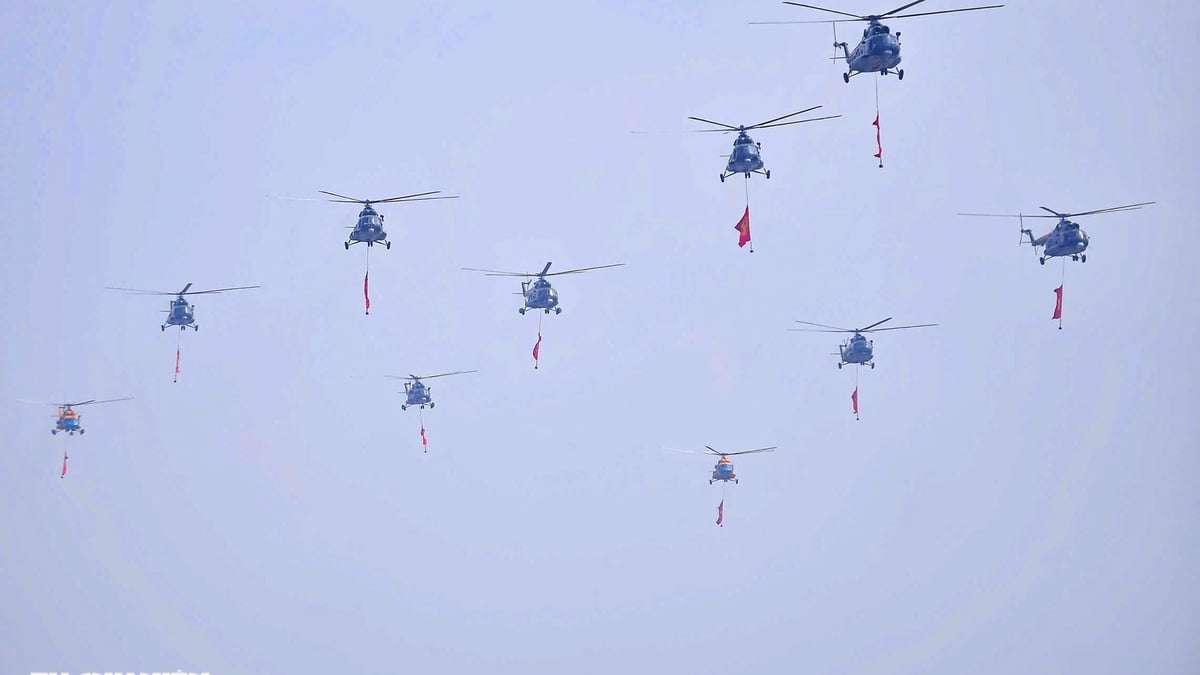
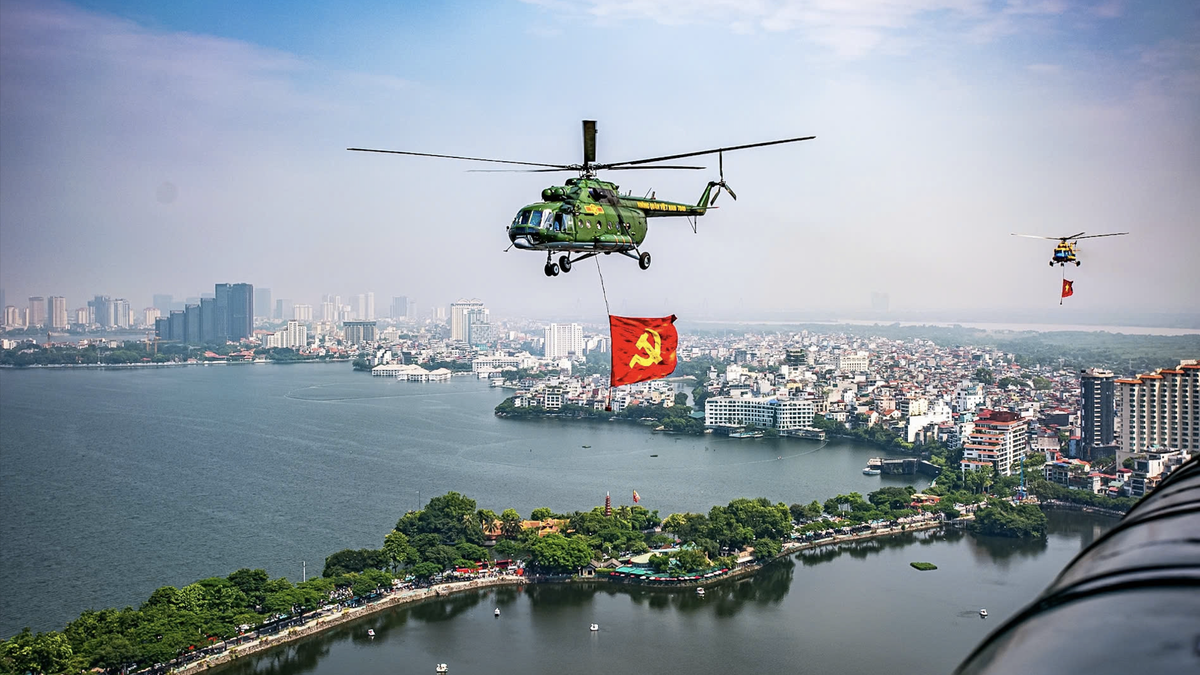
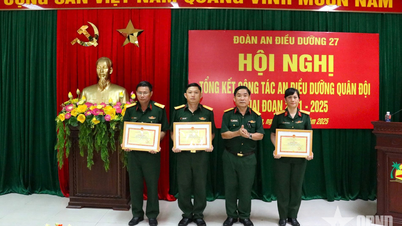
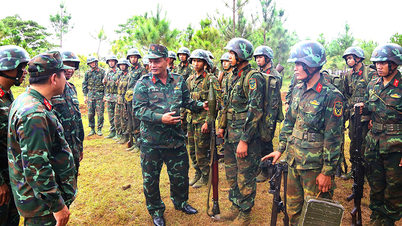
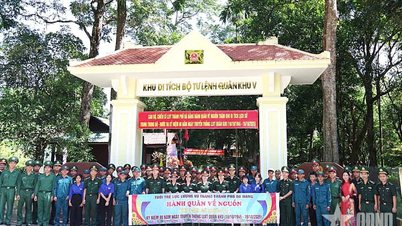

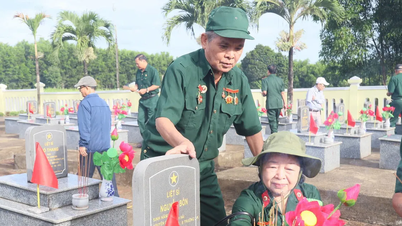


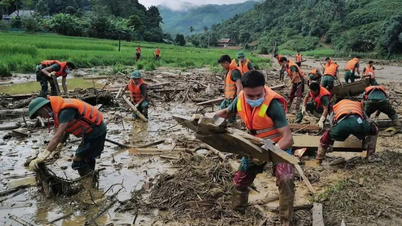
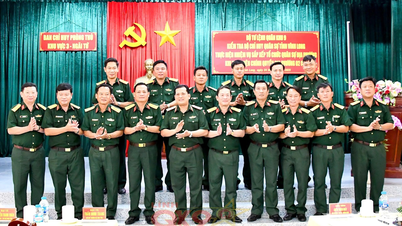
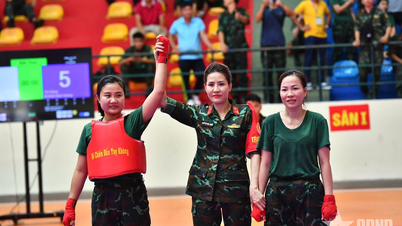

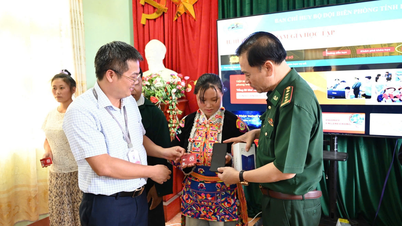
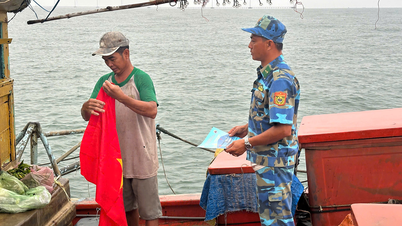




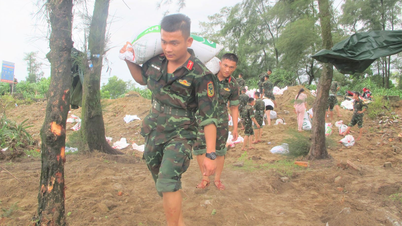
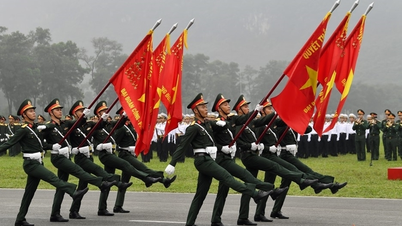
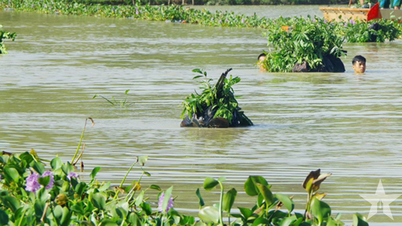

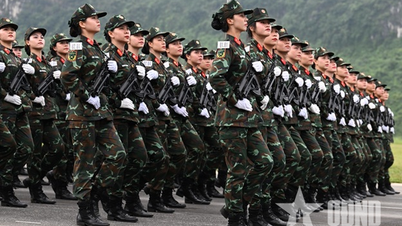
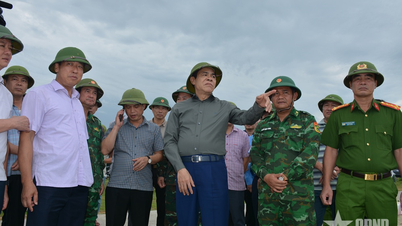


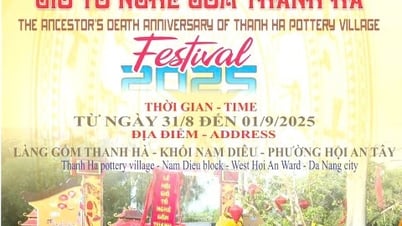

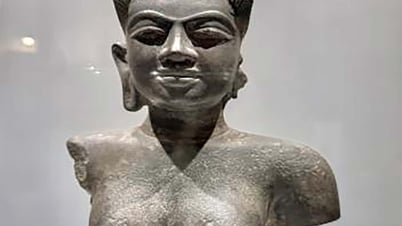

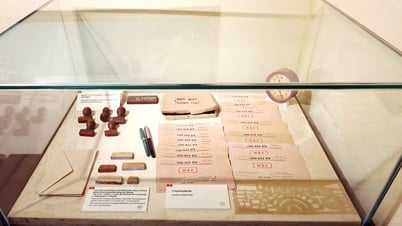



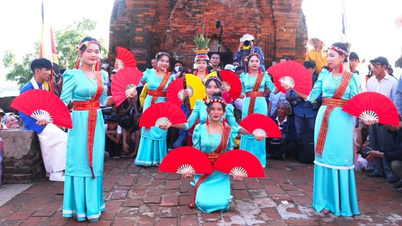













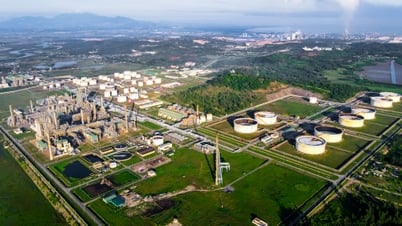






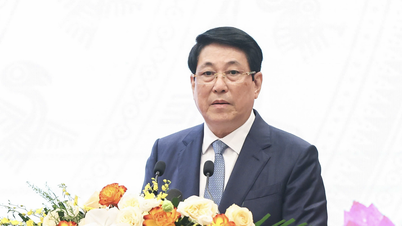



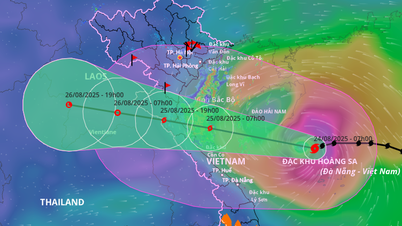















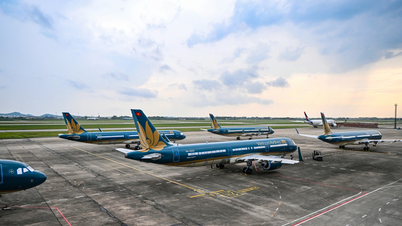




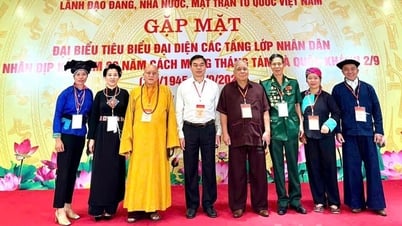

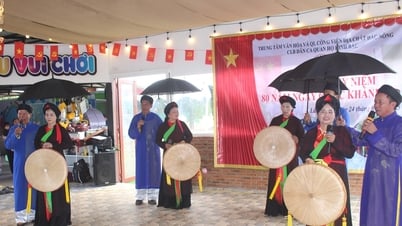



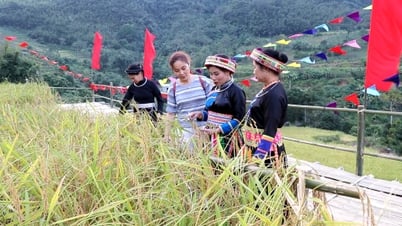


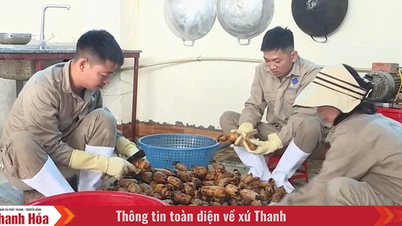
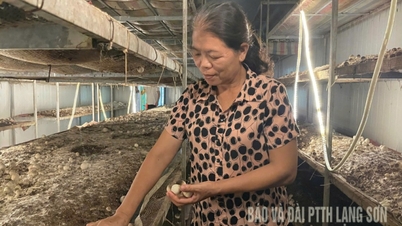





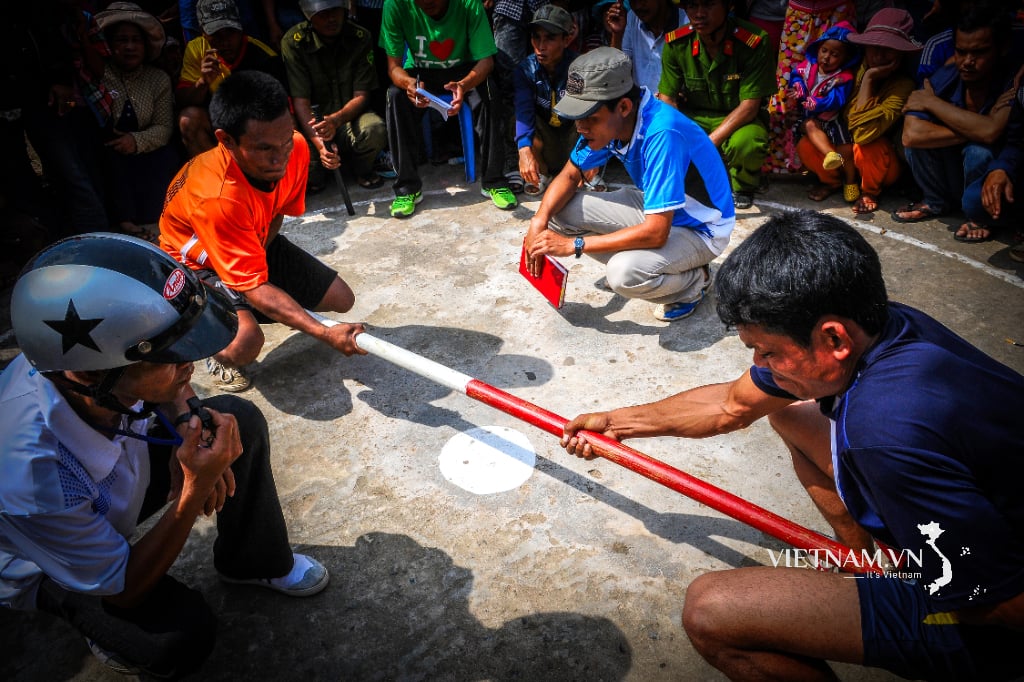
Comment (0)